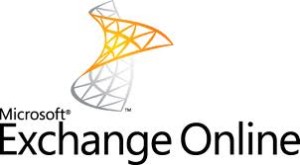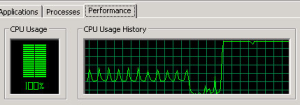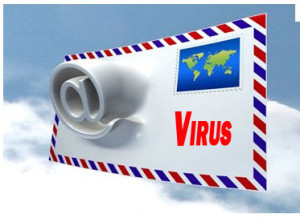Those of you who use Exchange Online or Office 365 are lucky.
Yesterday 08/29/2013 Office 365 technology blog informed that size of all mailboxes in all Exchange Online and Office 365 service plans is doubling !!!!
Current mailbox size was 25GB, but since yesterday it’s 50GB and there’s no price
increase associated with this change.!!!
This new mailbox size should stisfy even most active email users.
You don’t need to do anything to take advantage of this new mailbox size.
Your mailbox size will automatically be increased.
The increase starts rolling out to customers yesterday and continues through November.
Also shared mailbox size limit is increased to 10GB.




 English
English  polski
polski